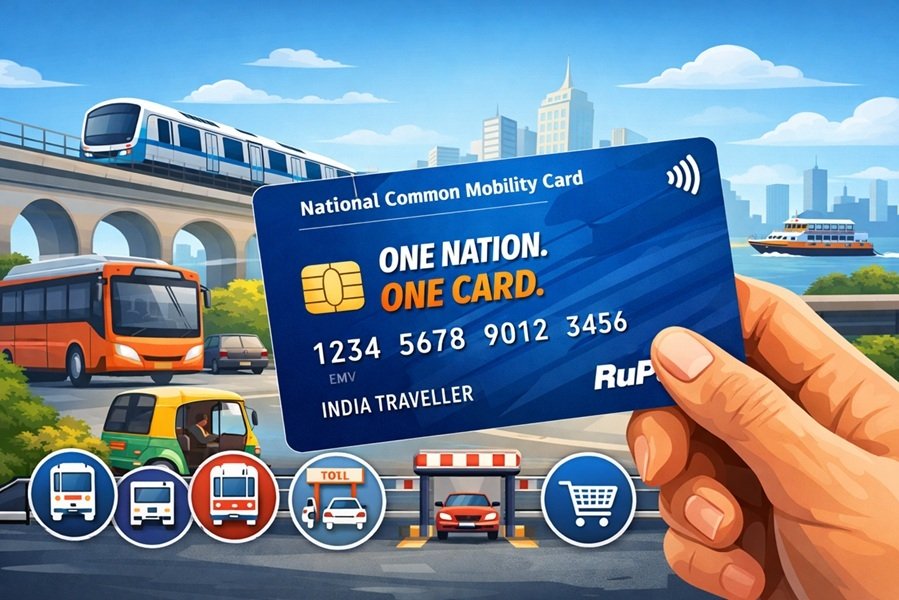
A Historic Accord in Riyadh
On May 13, 2025, during a high-profile visit to Riyadh, President Donald J. Trump signed a “strategic economic partnership” with Saudi Arabia’s Crown Prince Mohammed bin Salman, marking one of the most significant bilateral agreements in recent U.S. foreign policy history. The multi-sector pact, reportedly worth $600 billion, encompasses investments and agreements across defense, energy, technology, mining, and even cultural exchange.
With promises of up to 2 million jobs in the U.S., the deal is being hailed by the Trump administration as a transformative boost to the American economy and a step toward deeper geopolitical cooperation.
Key Highlights of the Strategic Economic Partnership
The accord comprises a mix of memorandums of understanding (MoUs) and letters of intent across both public and private sectors. While many deals align with previously discussed plans, several unexpected elements were introduced—offering a glimpse into the broader vision of future U.S.-Saudi collaboration.
1. Defense Deal: Largest in History
The standout element is a $142 billion defense agreement, which the White House claims to be the largest of its kind ever signed. This expansive military package includes:
- Air and missile defense systems
- Space-based defense technologies
- Naval and coastal security platforms
- Advanced communication and intelligence systems
- Border security and modernization of Saudi land forces
Over a dozen major U.S. defense contractors are set to benefit, highlighting Washington’s enduring role as Riyadh’s premier defense partner.
2. Tech and AI Investment Boom
Saudi Arabia’s tech ambitions took center stage with a $20 billion investment by DataVolt in AI data centers and energy infrastructure across the U.S. This aligns with Saudi Arabia’s Vision 2030 and America’s growing focus on AI leadership.
Additionally, a coalition of U.S. tech giants—including Google, Oracle, Salesforce, AMD, and Uber—committed $80 billion to “cutting-edge transformative technologies” spanning both nations. This dual investment strategy signals a pivot toward co-innovation rather than mere capital exchange.
3. Cultural and Scientific Collaboration
In a surprising yet symbolic move, the agreement includes a cooperation pact between Saudi Arabia and the Smithsonian Institute, involving both the National Museum of Asian Arts and the National Zoo and Conservation Biology Institute.
This cultural dimension underscores a soft-power approach aimed at reshaping perceptions and building people-to-people ties between the two countries.
The Role of U.S. Business Leaders
The signing ceremony saw the presence of several American tech and finance magnates including Elon Musk (Tesla/SpaceX), Sam Altman (OpenAI), and Larry Fink (BlackRock). Their attendance not only elevated the event’s profile but also reinforced the role of private-sector diplomacy in advancing U.S. foreign economic policy.
These CEOs are expected to be part of the ongoing advisory and operational framework guiding the implementation of the signed agreements.
Strategic Implications and Geopolitical Context
This deal is not merely economic—it signals a strategic recalibration of U.S. foreign policy priorities in the Middle East. While traditionally defined by security ties and oil dependency, the U.S.-Saudi relationship is now expanding into:
- Artificial Intelligence and Space: Critical to next-generation global leadership
- Cultural diplomacy: To improve mutual understanding and soft power
- Defense-industrial synergy: Cementing the U.S. role in Saudi modernization
For Saudi Arabia, it represents a key milestone in Crown Prince MBS’s Vision 2030, aimed at diversifying the economy away from oil and asserting regional tech leadership.
Economic Fallout: Opportunities and Challenges
For the United States:
- Job Creation: The administration estimates up to 2 million new jobs, especially in defense, manufacturing, and tech.
- Capital Inflows: The $600 billion figure promises a wave of FDI (Foreign Direct Investment), vital for economic stability amid global headwinds.
- Innovation Boost: The tech investments could fuel AI and data infrastructure growth, reinforcing America’s competitive edge.
For Saudi Arabia:
- Military Modernization: Gains cutting-edge defense tools critical for regional dominance and deterrence.
- Knowledge Transfer: Partnerships with U.S. firms and institutions may accelerate Saudi capabilities in research, development, and cultural sectors.
However, questions linger about transparency, implementation timelines, and long-term accountability, especially with such a large financial footprint and multinational involvement.
Conclusion: A Defining Moment in U.S.-Saudi Relations
The signing of the Strategic Economic Partnership 2025 marks a bold and ambitious chapter in U.S.-Saudi relations. While the full ramifications will unfold in the years to come, the scale and scope of the agreement suggest a bilateral relationship being reimagined for the modern era.
If successfully executed, this accord could redefine how nations align economic, technological, and defense interests in a multipolar world.






